Owning an eCommerce store means you must constantly find ways to not only attract customers but also boost business revenue and performance. An effective strategy is to adopt the trend of contactless payments, a market poised to grow to $26.3 billion by 2027.

Specifically, a previous post entitled ‘How Biometrics Payments Can Benefit Your Business’ notes how this contactless payment method can improve sales and cash flow by facilitating instant, safe, and secure transactions with the help of technologies like facial recognition systems and iris scanners.
Beyond this customer-facing technology, you can also incorporate profit maximization into back-office functions like accounting, pricing strategies, and inventory management through revenue management software. These solutions streamline finance and accounting workflows to reduce revenue leakage and sell to the right customers at the right time and at the right price.
So, here are the best revenue optimization tools to consider coming into 2025.
QuickBooks Online for Complex Accounting Needs
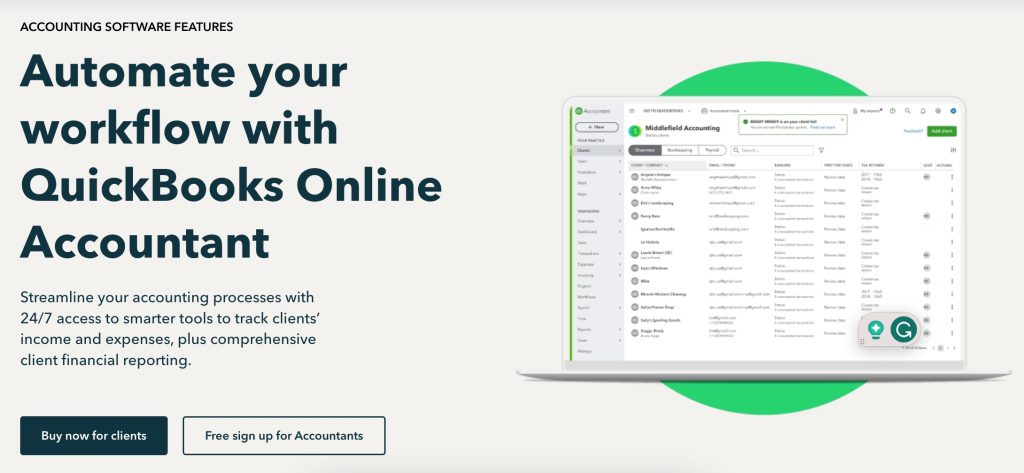
As an all-in-one business accounting software, QuickBooks Online contributes to revenue optimization by providing a holistic overview of key financial aspects like invoicing, expenses, sales data, and cash flow. For its advanced accounting functionalities and reporting capabilities, QuickBooks remains affordable for small businesses looking to assess their financial health to make more informed decisions.
Additionally, its developer Intuit QuickBooks recently introduced integrated e-commerce management. This update allows users to sync products, orders, inventory, and other accounting-related data hosted on eCommerce platforms, including Shopify, Amazon, and eBay to the cloud-based software for more efficient inventory adjustment and expense tracking.
Features:
- Make it easy to pay by creating and customizing professional invoice templates.
- Support to tracking invoices and automatic payment reminders.
- Customers can track their expenses and be ready for all tax categories.
- Easy to connect with the client’s bank for more details on their finances.
- The store can have reports about bestselling items, total sales, and total taxes by QuickBooks to manage inventory.
- Support with multi-currency.
- QuickBooks can keep customer’s data stored securely in the cloud.
- QuickBooks integrates with third-party apps and provides many powerful functionality for accounting.
SOFTRAX for Subscription Billing
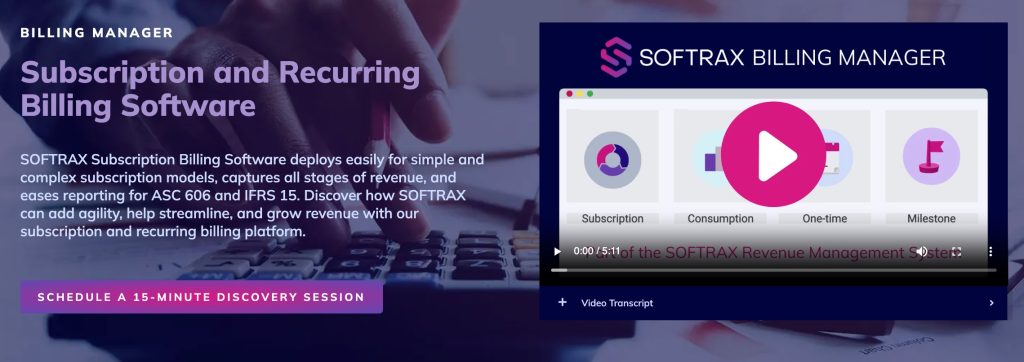
Not all eCommerce businesses rely on one-time sales and payments, as some stores utilize the subscription-based model for consistent revenue streams.
In this light, the revenue management software SOFTRAX deploys simple and complex subscription billing to meet all the needs throughout the customer payment journey. By supporting fee and usage-based models, the program is also equipped to simplify revenue recognition for recurring payments.
Lastly, SOFTRAX’s capabilities as a revenue management system include keeping track of all contracts in a scalable cloud application to enhance customer experience and satisfaction.
Features:
- Softrax guides stores to recognize current and future revenue from FASB and IASB with ongoing revenue control updates.
- Store owners can easily manage all revenue recognition processes with SOFTRAX’s automation, control, and security features.
- SOFTRAX seamlessly integrates with existing CRM, CPQ, or home-grown systems.
- Provides functionality to handle subscription, consumption, milestone, and renewal billing as well as advanced revenue recognition.
Prisync for Competitive Pricing
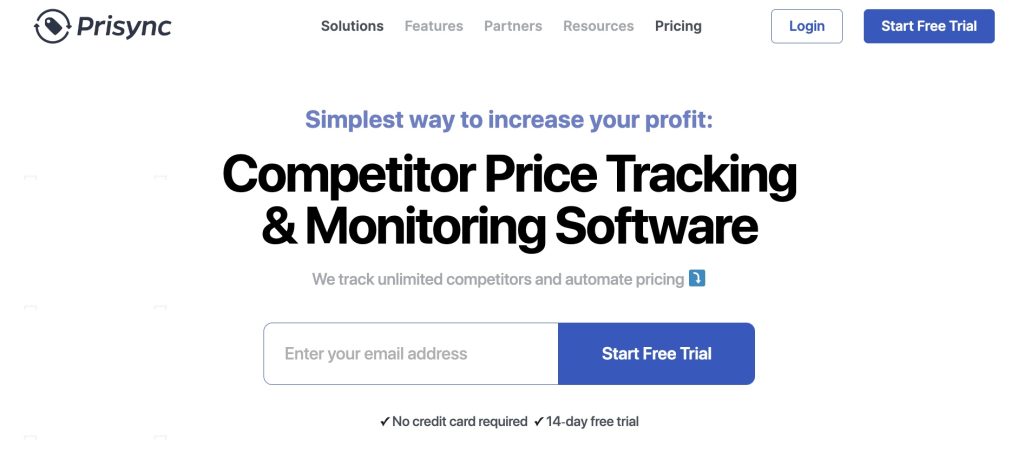
In a saturated eCommerce market where retail sales have already reached $1,799.5 billion in the first quarter of 2023, your business must stay ahead of competitors while still offering the best products and services.
One way to do so is to leverage Prisync’s competitive pricing intelligence, which helps you monitor real-time pricing data from competitors so you can adjust accordingly and stand out in eCommerce platforms. Since it displays pricing and stock availability at a glance, you don’t have to painstakingly visit each competitor’s store or website individually to align with customer needs and purchasing behaviors.
Keeping your finger on the pulse of consumer trends and demands through this pricing optimization software also achieves personalization and accelerates growth compared to your counterparts.
Features:
- Merchants can see the pricing of rivals in a single dashboard.
- Prisync support to extract data with the highest accuracy.
- Have the function to create Excel reports of prices.
- Prisync provides a variety of pricing plans for merchants to subscribe.
- Can deliver data from any country or market vertical in minutes.
Sage Intacct for AI Capabilities
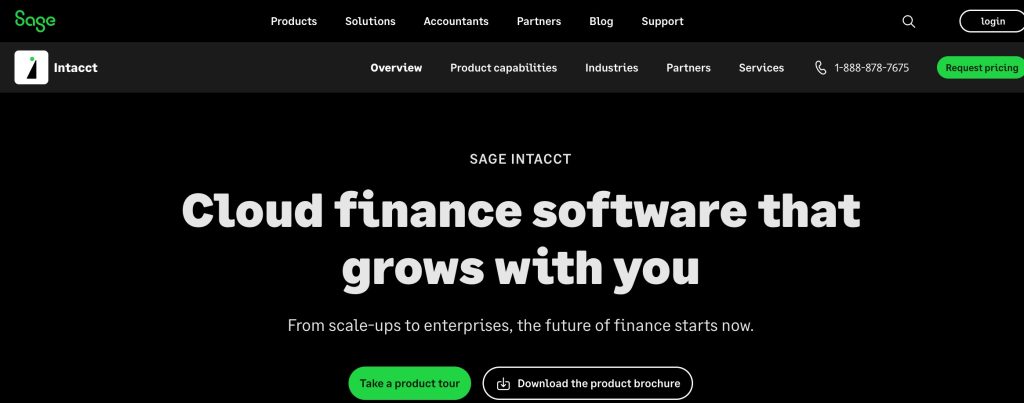
Artificial intelligence (AI) has become increasingly relevant for data processing and analytics across industries, including eCommerce. Sage Intacct is cloud-based accounting software that collects real-time data on businesses’ finances to help them increase operational efficiency.
In response to the trend, the Sage Intacct financial management solution delivers AI capabilities to help businesses smoothen their accounting processes and reduce overall costs incurred by revenue-related functions like invoicing and payment processing. As it also automates accounts payable through its AI-powered bill entry, Sage Intacct can also enhance productivity and efficiency, which is especially crucial for eCommerce stores with fewer human resources for finance and revenue management.
Features:
- Sage Intacct intelligently collects, classifies, and ingests financial data to help transform everyday tasks.
- Assist in simplifying the process of tracking and managing expenses, by automating expense categorization, receipt matching, and approval workflows.
- Sage Intacct uses AI tools to detect fraud and manage risk in financial transactions.
- Merchants can manage the enhanced cash flow of stores by considering historical data and payment patterns.
- Use AI to manage manual tasks such as scanning vendor bills, identifying duplicate and erroneous bills, and running daily reconciliation in minutes.
Conclusion
There are many tools to help you manage revenue for your ecommerce store. Therefore, you can manage everything with clear and accurate statistics in just a few minutes through our listings above. In this article, we have also provided a few of their typical features for your reference.
As you consider the previously listed programs as revenue management software for the coming year. You should decide to choose the software based on which features work for your business model and which pricing plans fit your budget.
For more guides on how to grow your eCommerce business, continue reading the YayCommerce blog.


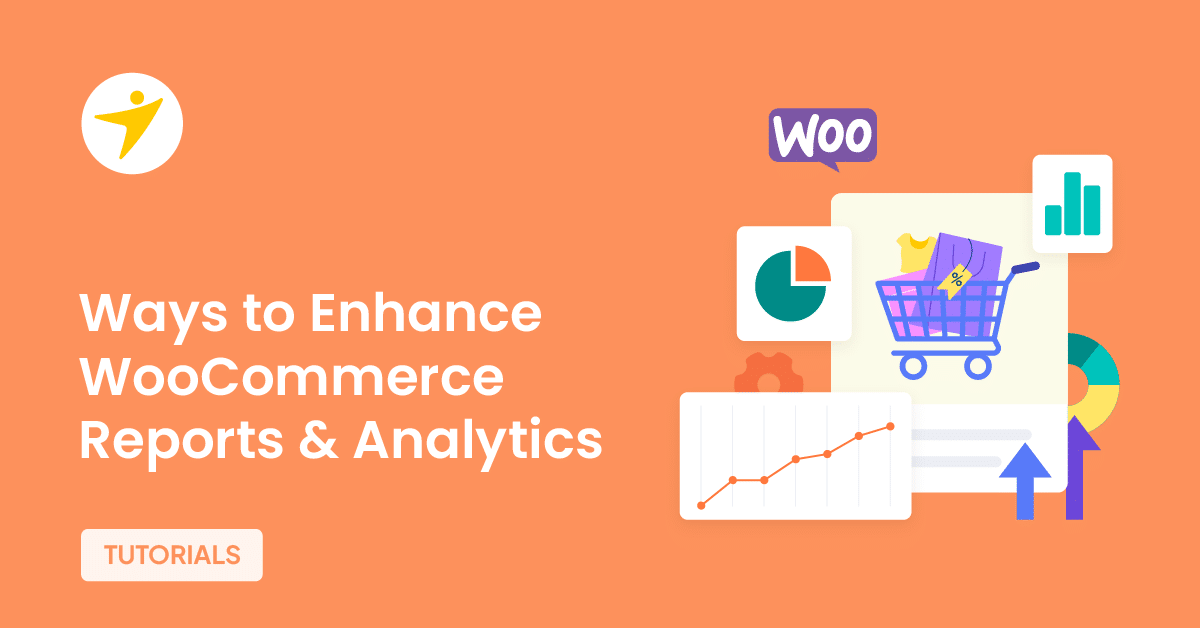
[…] a security plugin, you should consider using an SSL certificate on your store. As this article shows, multiple ways exist to install SSL on WooCommerce […]
[…] are a great way to get returning traffic. So many professional bloggers, online businesses, and online stores use this strategy to scale their […]